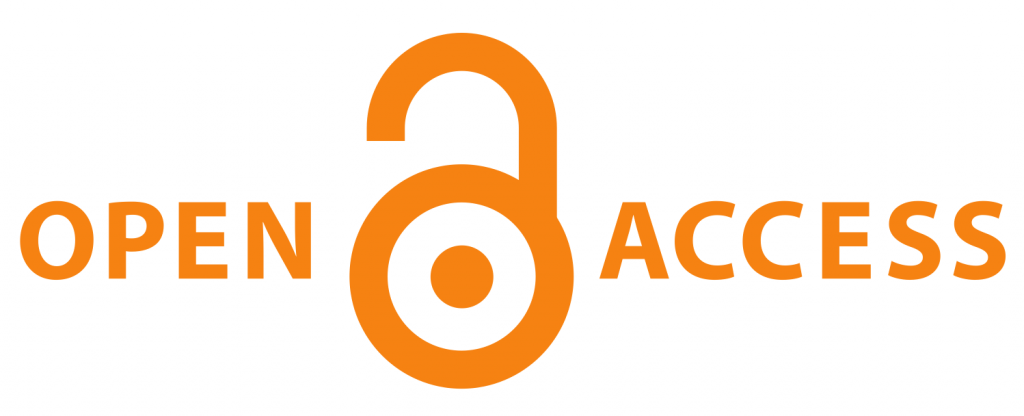Structuring Supply Chain Sustainability in the Selected Tertiary Institutions in Kenya amidst COVID 19 Disruptions
Abstract
The COVID-19 pandemic has brought unmeasured disruptions and challenges to the supply chain both in public and private Institutions not only in Kenya, but Globally. Public institutions are characterized by regulations which tend to be more procedural than sustainable. Supply chain sustainability in public institutions and tertiary ones in specific, are vital for a long-term growth of education in the country since the government has invested heavily in ensuring an equitable education in Kenya. This research paper theorized the structure of a sustainable supply chain in TVET Institutions in Kenya amidst the disruptions caused by COVID 19 pandemic. The structural illustrations for supply chain sustainability in this study were supply chain agility and supply chain virtualization while policy formulation was used as the moderating variable on supply chain sustainability in the selected tertiary institutions in Kenya. The study adopted the efficient supply chain analytical structures such as the Pareto Analysis and Total Interpretive Structural Model for theoretical underpinnings. The respondents of this study were procurement managers and data were collected virtually through google forms structured in the Five Likert Scale format. The study findings revealed that supply chain agility was lacking in the selected Tertiary institutions; Supply chain virtualization were uncommon, while there was no policy on supply chain agility and policy on supply chain sustainability among the selected tertiary institutions in Kenya. The study recommended a structural policy formulation for agile supply chain and virtualization of supply activities in the tertiary institutions in Kenya.
Article Views and Downloands Counter
References
Balzarova, M., & Castka, P. (2018). Social responsibility: Experts' viewpoints on adoption of the ISO 26000 standard. DOI - 10.1002/csr.1497. Corporate Social Responsibility and Environmental Management.
Bode, C., & Macdonald, J. R. (2017). Stages of supply chain disruption response: Direct, constraining, and mediating factors for impact mitigation. https://doi.org/10.1111/deci.12245
Chen, I. J., Paulraj, A. & Lado, A.A. (2015). Strategic purchasing, supply management, and firm performance", Journal of Operations Management, 22(5)505-523.
Chesbrough, H. (2020). To recover faster from Covid-19, open up: Managerial implications from an open innovation perspective. Industrial Marketing Management,
Dolgui, A., Ivanov, D., & Rozhkov, M. (2020). Does the ripple effect influence the bullwhip effect? An integrated analysis of structural and operational dynamics in the supply chain. International Journal of Production Research, 58(5), 1285-1301.
Dubey, R., Gunasekaran, A., Childe, S. J., Wamba, S. F., Roubaud, D., & Foropon,
C. (2021) Empirical investigation of data analytics capability and organizational flexibility as complements to supply chain resilience. International Journal of Production Research, 59:1, 110-128, DOI: 10.1080/00207543.2019.1582820
Dun & Bradstreet (2020). Business impact of the Coronavirus. Dun & Bradstreet Team, 1-10.
Ivanov, D., & Dolgui, A. (2020). Viability of intertwined supply networks: extending the supply chain resilience angles towards survivability. A position paper motivated by COVID-19 outbreak. International Journal of Production Research, 58(10), 2904-2915.
Jayalakshmi, B., & Pramod, V. R. (2015). Total interpretive structural modeling (TISM) of the enablers of a flexible control system for industry. Global. Journal of Flexible Systems Management 16: l, 63-85
Karim, M.A., Smith, A. J. R., Halgamuge, S., & Islam, M. M. (2016). A comparative study of manufacturing practices and performance variables. International Journal of Production and Economics. 112, 841-859.
KIPPRA. (2016). Public procurement policy in Kenya: The need for a coherent policy framework. Policy brief no. 3/2006
Knut, A., Azcue, X., & Barribal, E. (2020). Supply-chain recovery in coronavirus times-plan for now and the future. McKinsey Insights. https://www.mckinsey.com/businessfunctions/operations/our-insights/supply-chain-recovery-in-coronavirus-times-plan-fornow-and-the-future
Majumdar, A., Shaw, M., & Sinha, S. K. (2020). COVID-19 Debunks the myth of socially sustainable supply chain: A Case of the clothing industry in South Asian Countries. Sustainable Production and Consumption, 24, 150-155.
Muendo, (2015), Challenges Facing the Implementation of Sustainable Procurement in the Public sector, A case ofNAWASCO: Unpublished MBA project, University of Nairobi.
Otto, C., Willner, S. N., Wenz, L., Frieler, K., & Levermann, A. (2017). Modeling losspropagation in the global supply network: the dynamic agent-based model acclimates. Journal of Economic Dynamic Control 83:232-269.
Rajesh, R. (2017). Technological capabilities and supply chain resilience of firms: A relational analysis using Total Interpretive Structural Modeling (TISM). Technological Forecasting and Social Change, 118, 161-169.
Copyright (c) 2022 Africa Journal of Technical and Vocational Education and Training

This work is licensed under a Creative Commons Attribution-NonCommercial-ShareAlike 4.0 International License.
Copyright Notice Copyright of published articles is held by AfriTVET. No limitation will be placed on the personal freedom of authors to copy or to use in subsequent work, material contained in their papers. Please contact the Publisher for clarification if you are unsure of the use of copyright material. Apart from fair dealing for the purposes of research and private study, or criticism and or review, this publication may only be reproduced, stored or transmitted, in any form or by any means, with the prior permission in writing of the Publishers.


